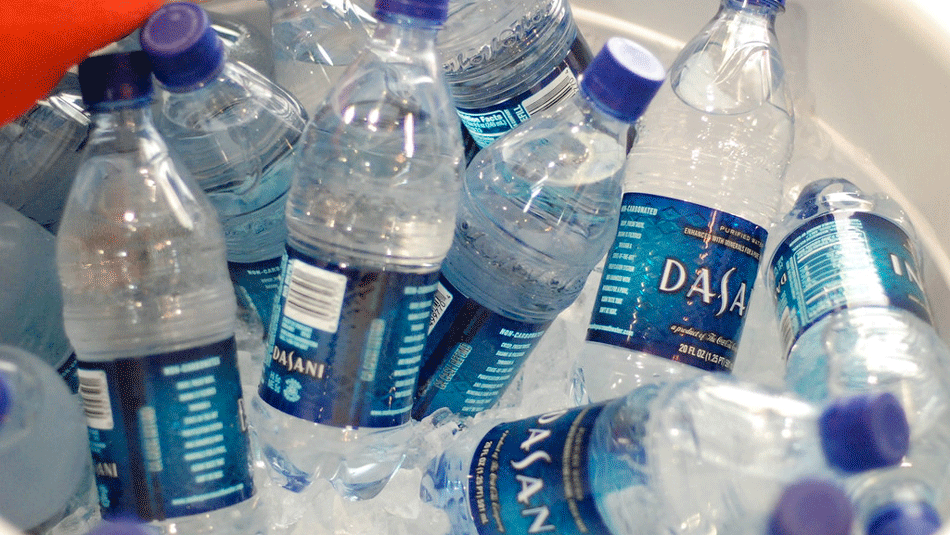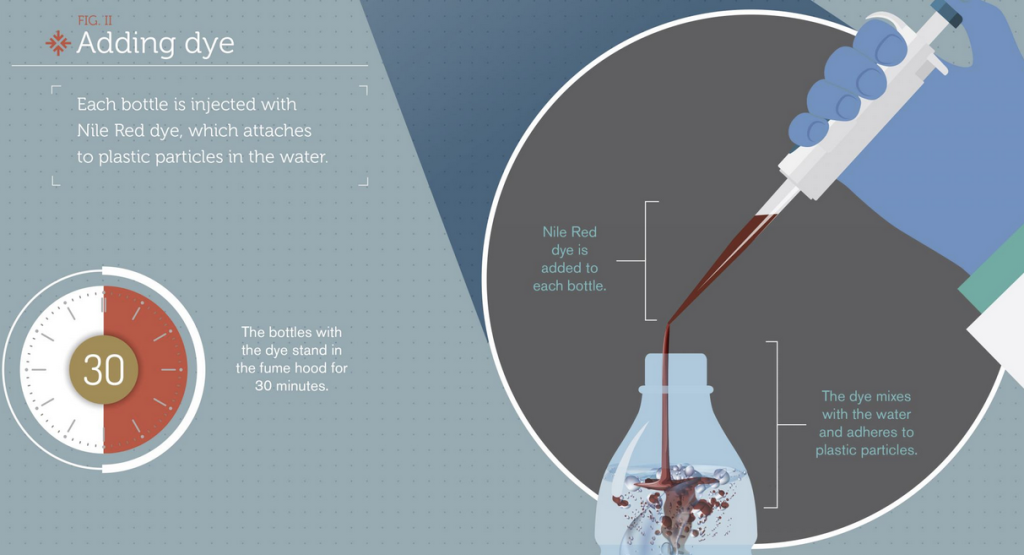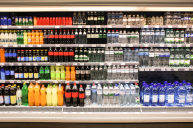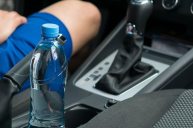More Americans are drinking bottled water. In fact, in 2016 more Americans purchased bottled water than they did carbonated soft drinks. But did you know that when you drink that healthy water from plastic bottles, you're also consuming tiny plastic particles?
Videos by Wide Open Country
Orb Media, a nonprofit journalism organization based in Washington, DC, put bottled water from 11 different brands to the test. They looked at 259 bottles of water and found that 93 percent of the bottles were contaminated with microplastics, or tiny plastic particles that included polypropylene, nylon, and polyethylene terephthalate (PET).
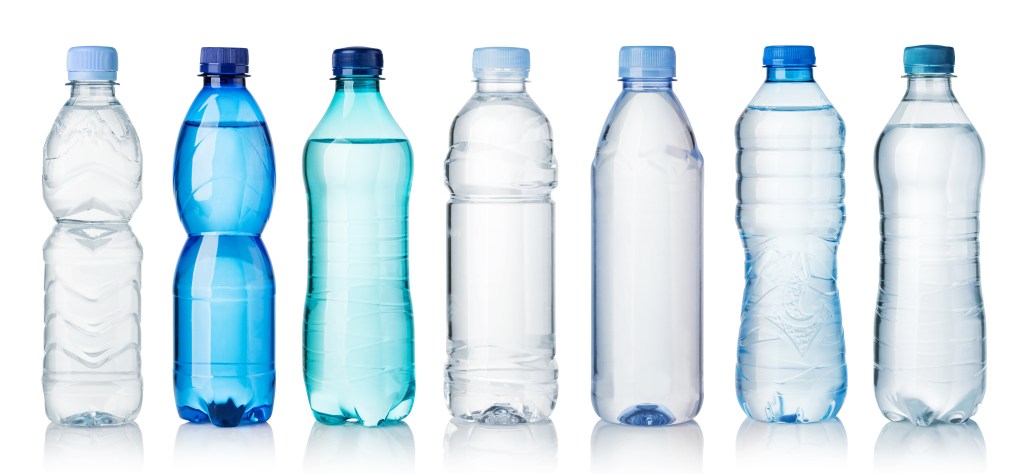
The bottled water brands tested included Nestle Pure Life, Dasani, Evian, San Pellegrino, and Gerolsteiner. Manufacturers from these brands noted that they test their water and it meets required government standards. Two of the water brands, Nestle and Gerolsteiner, did say that their own testing has shown microplastics, but not at the level the Orb Media report suggests.
Scientists at the State University of New York in Fredonia did the analysis for Orb Media. The researchers used Nile red dye to make the plastic particles more visible because the dye sticks to the surface of plastic but not other materials. Once they could see the particles, they counted the number in each bottle.
On average, the scientists found 325 plastic particles for every liter of water. Only 17 of the tested bottles contained no plastic particles at all; however, at least one of the bottles contained 10,000 plastic particles per liter of water.
Some of the brands reviewed in the new study took issue with the process, saying that Nile red dye could return false positives. However, Dr. Andrew Mayes, the University of East Anglia scientist who developed the process using Nile red dye to highlight micro particles, told Orb Media that he was confident that the researchers had used the technique correctly.
It's important to note that Orb Media's study has not gone through peer review or been published in a scientific journal. That doesn't mean the study is flawed, just that other scientists and researchers have not yet duplicated the study.
It's also important to note that another Orb Media study also found microplastics in tap water. The United States had the highest concentration rate, with 94 percent of the water analyzed containing plastic particles.
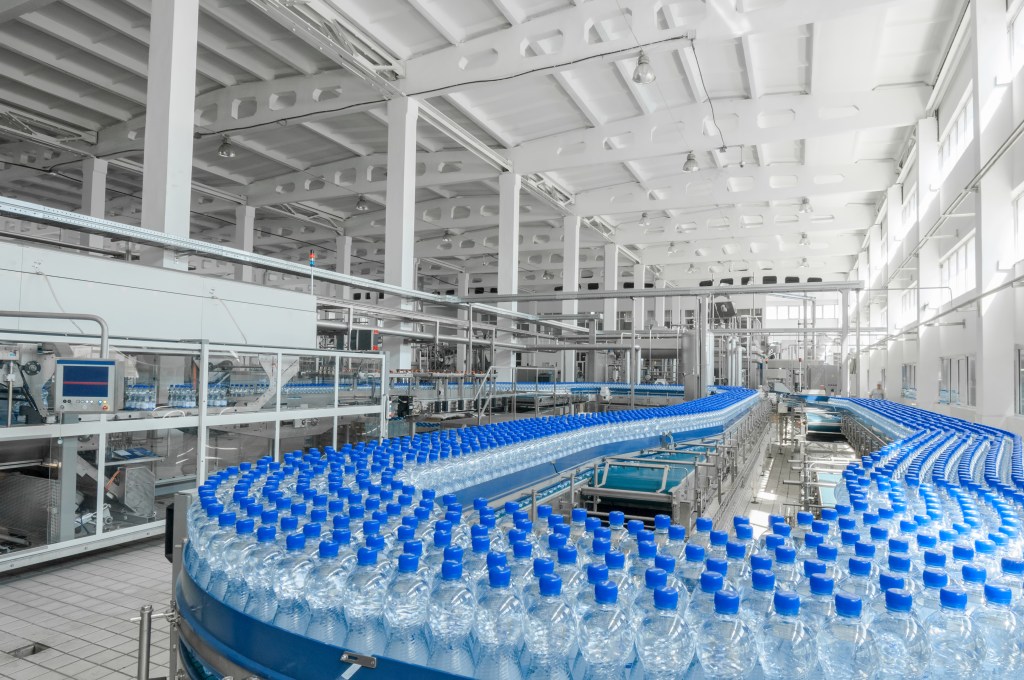
There's no evidence of impacts to human health yet, but that's because the research doesn't exist yet. The World Health Organization has announced that they will begin reviewing the potential health risks of plastic in drinking water and figuring out where the gaps in research are.
BBC News spoke with Bruce Gordon, coordinator for WHO's work on water and sanitation, who said that WHO plans to study the lifetime impact of consuming plastic through eating and drinking. Gordon told BBC News,
"When we think about the composition of the plastic, whether there might be toxins in it, to what extent they might carry harmful constituents, what actually the particles might do in the body - there's just not the research there to tell us. We normally have a 'safe' limit but to have a safe limit, to define that, we need to understand if these things are dangerous, and if they occur in water at concentrations that are dangerous."
It's virtually impossible to keep all microplastic particles out of bottled water. Even the best filtering processes won't stop microplastic from getting into the water during the bottling process or from airborne sources. That's why the new research is critical. Plastic waste may be affecting our drinking water and the only way to understand how is to study it closely.
